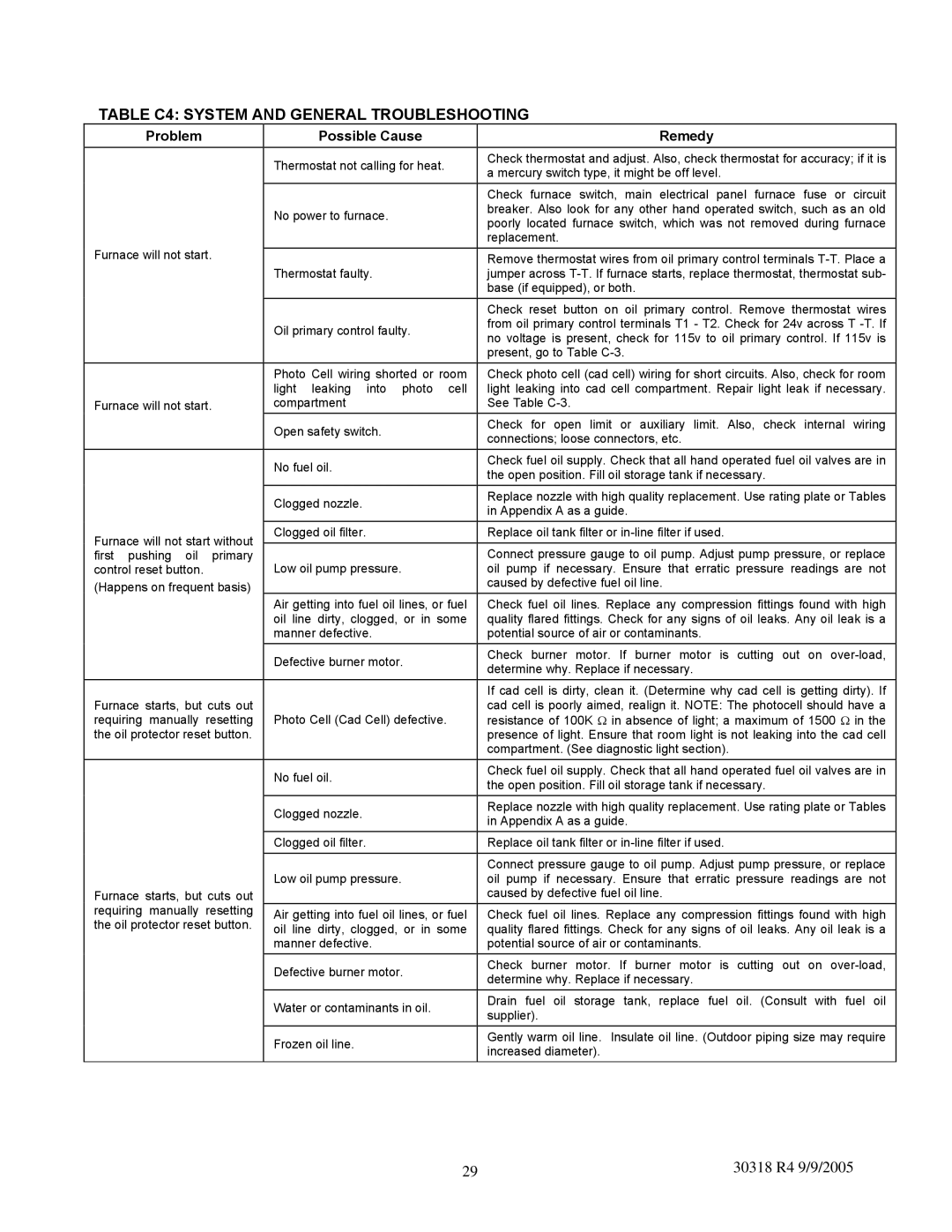MPL-B, WML-C specifications
Field Controls, a leader in the HVAC industry, offers innovative solutions for air quality and equipment efficiency. Among their range of products, the WML-C and MPL-B series stand out for their remarkable features and advanced technologies, catering to the unique needs of both residential and commercial applications.The WML-C series is designed for optimal ventilation and air quality management. It integrates seamlessly with existing HVAC systems, providing crucial airflow control and ensuring that indoor environments maintain optimal levels of fresh air. One of its key features is the variable speed fan technology, which adjusts according to the desired airflow rate, thereby enhancing energy efficiency. This not only reduces operational costs but also contributes to a more sustainable environment.
The MPL-B series, on the other hand, focuses on purification and filtration. Equipped with advanced media filters, it effectively captures airborne particles, allergens, and pollutants, which is essential for maintaining clean indoor air. The MPL-B series utilizes a multi-stage filtration system that includes HEPA filters, ensuring that the air circulated within spaces meets high standards for cleanliness and safety.
Both the WML-C and MPL-B models utilize smart technology for enhanced control and monitoring. With integrated sensors, users can receive real-time data on air quality, humidity levels, and system performance, allowing for proactive management and maintenance. Additionally, they are compatible with various building management systems, enabling integration into larger infrastructure for comprehensive environmental control.
Durability and reliability are paramount in the design of these units. Built from high-quality materials, both the WML-C and MPL-B are engineered to withstand rigorous usage and varying environmental conditions. Their compact designs allow for flexible installation options, making them suitable for a wide range of settings.
In summary, Field Controls’ WML-C and MPL-B series offer cutting-edge solutions for air quality and HVAC efficiency. With innovative features such as variable speed technology, multi-stage filtration, and smart monitoring capabilities, these systems are ideal for enhancing indoor environments while maintaining energy efficiency and sustainability. They not only meet but exceed the expectations of modern HVAC requirements, making them a valuable investment for any property owner.
